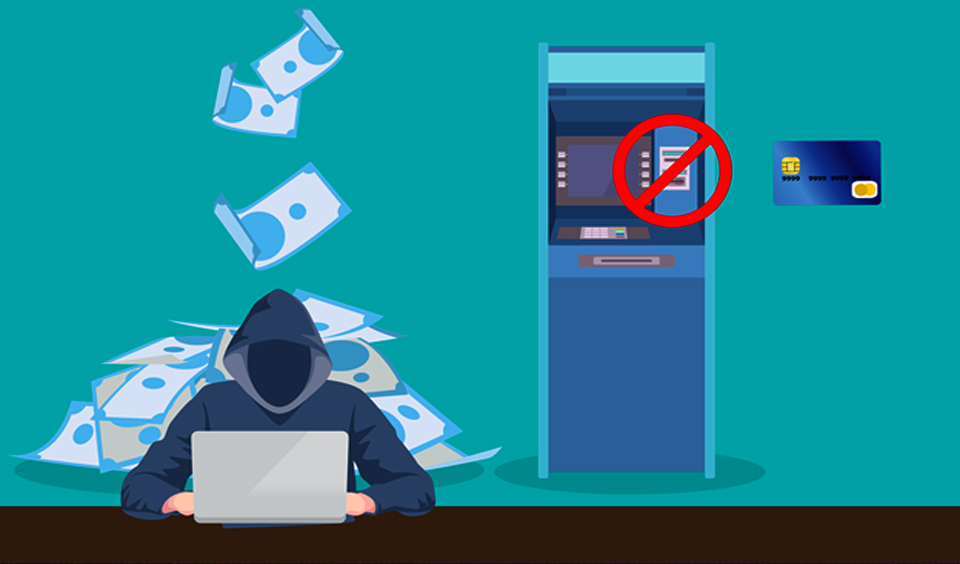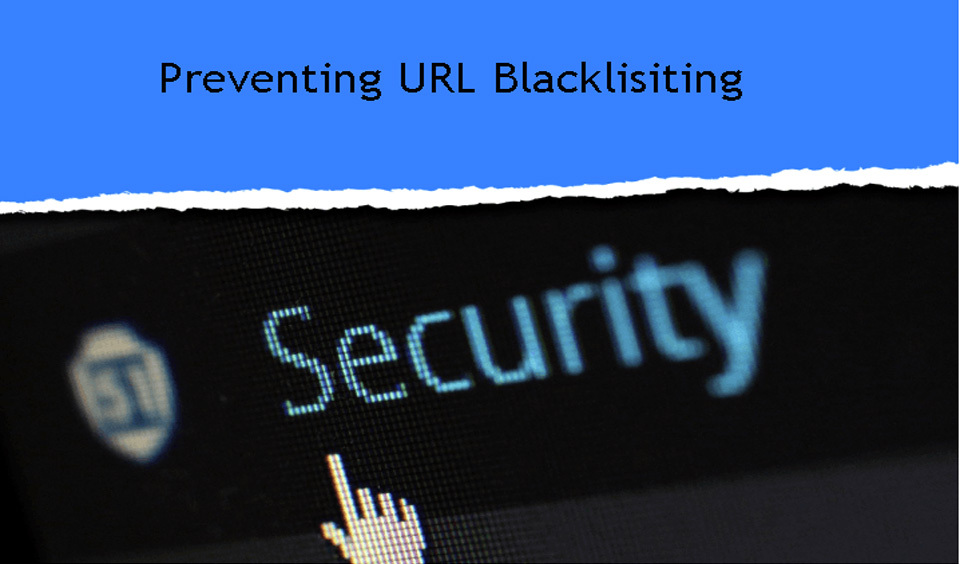Web skimming presents a major threat to digital platforms that use online payment security. If you run an eCommerce site, it is crucial to understand how web skimming attacks work and how to defend your online store against such threats.
What is Web Skimming?
Web skimming is also referred to as digital skimming. It refers to attacks that target e-commerce websites to infect them, using sniffers. Sniffers are a dangerous code that is difficult to detect. That means when it is running on a site, it does not leave any trace until it has damaged the platform.
When a site is infected with this malicious code, all card information used during transactions on the site is skimmed. Unfortunately, both the merchant and customers will not know that their information has been compromised. It is worth mentioning that the umbrella name used to describe attacks and threats associated with digital skimming is magecart.
It describes the group of hackers that perpetrate this type of attack. Suffice to mention that many high-profile international organizations have been attacked by magecart, such as British Airways.
How Web Skimming Attacks happens on an eCommerce Site
As mentioned, it is difficult to identify web skimming attacks until it is too late. This makes them very dangerous and fatal. Some common ways that this attack occurs include credential stuffing or forceful login attempts, phishing, exploitation of vulnerable plugins on sites, and other social engineering mechanisms.
Digital skimming attacks aim to access and install malicious code into a website. Hackers can do this into the merchant’s online store directly or use 3rd-party libraries used to store credentials on the store. Since 3rd-party functions are often used by multiple sites, a single compromised site can wreak havoc for multiple websites at the same time.
That means when a visitor enters their payment details at a merchant’s checkout page, a malicious code is triggered and records the payment data. These details can then be used for malicious intent.

Who can become a Victim of Web Skimming Attacks?
Any eCommerce website without efficient security systems is prone to digital skimming attacks. It is crucial to mention that attackers are evolving and are using different methods to modify attacks. According to reports, one in five magecart-infected eCommerce sites are re-infected within the next few days.
It is important that affected systems are cleaned thoroughly and any vulnerability in the system is mitigated or patched. Without doing this, there is a high chance of getting re-infected by attackers again.
Apart from cleaning the system, it is also recommended that eCommerce store owners check administration access on their platforms and change their logo regularly. If you use open source applications like Magento, you should know that they are vulnerable to attacks. Therefore, they should be patched regularly to avoid infections and attacks.
How Can you Identify Threats before they Cause Damage?
Numerous tools can be used to detect web skimming threats and attacks. These include vulnerability security assessment tools. These are designed to evaluate web apps for possible weaknesses.
It is also a good idea to incorporate change-detection software, file integrity monitoring software, or regularly perform external and internal network vulnerability scans on your site. It is also recommended that you perform periodic penetration testing to detect any security weaknesses on your platform.

How to Prevent Digital Skimming Attacks
There are different ways to prevent digital skimming attacks. You can use low-cost or free tools to first track the skimmers and take steps to mitigate the attacks. It may also be a great idea to engage the service of a professional Security and maintenance provider.
With this, you can take the stress off your back and focus on getting traffic to your eCommerce platform and generating revenue. Meanwhile, you can get started with the following tips to prevent digital skimming attacks on your online store.
• Identify all 3rd-party eCommerce Providers
Third-party providers are some of the backdoors that attackers get to skim your site. Therefore, you should take the time to identify all your third-party providers, including your ad vendors. You may also want to ask for a self-assessment report of their internal audits and code.
Additionally, consider using tools that prevent modified scripts do not get loaded without permission. It is also recommended that you host third-party scripts on your servers if you can.
• Maintain Regular Patches of your Webserver Code
In 2019, a vulnerability was identified in Magento and then patched. However, websites that do not apply the patch on time became the focus of SQL injection attacks and mass scanning. Therefore, it is recommended that you keep your webserver code patches up to date, including Magento and WordPress to avoid giving attackers a chance to target your platform.

• Regularly vet your Ad Server Code and Shopping Cart Page
When you do this, you can easily detect if anything has been diverted without your notice. You should also do the same for third-party technology suppliers on your online store. You can explore different free scanning tools to help you detect suspicious connections in malware-ridden scripts.

• Permit Logging on AWS S3 and GitHub
This is important for all platforms that your developers use for storing code in the cloud. Make sure you check the logs regularly for timestamps on different files. This will let you see the changes that may have taken place recently.
You can also check to see that no unauthorized access has happened since you checked. Finally, consider implementing multi-factor authentication for all developers to use these accounts.
Conclusion
The best practice for preventing web skimming attacks on your site is to regularly patch software and operating system with up-to-date security updates. Also, implement malware protection and stay abreast of the latest security patches for all tools and software used on your site.
What are other names for web skimming attacks?
They are also called formjacking or magecart attacks. It is a process where an attacker injects dangerous code into a site to extract data from the HTML form that a user filled out on the site.
Is a Phishing attack the same as a digital skimming attack?
Phishing and digital skimming are not the same but the results of both are the same. Both aim to steal user data, including credit card numbers, social security numbers, and login credentials. However, while digital skimming is about introducing malicious code to a site, phishing pretends to be a trusted entity to trick victims into opening text messages, instant messages, and email to harvest their details.
How can I prevent a card skimming attack?
Before using your card on a site, make sure to check if the store is secure and legitimate. Also, do not share your bank details with anyone and protect your PIN. Make sure to monitor your account statements and transaction history with tools provided by your bank.
It is also recommended that you change your card pin at intervals and do not use a PIN that can easily be guessed by attackers. Birthdays, wedding anniversaries, children’s birthdays, and dates like these are not recommended for a PIN.





